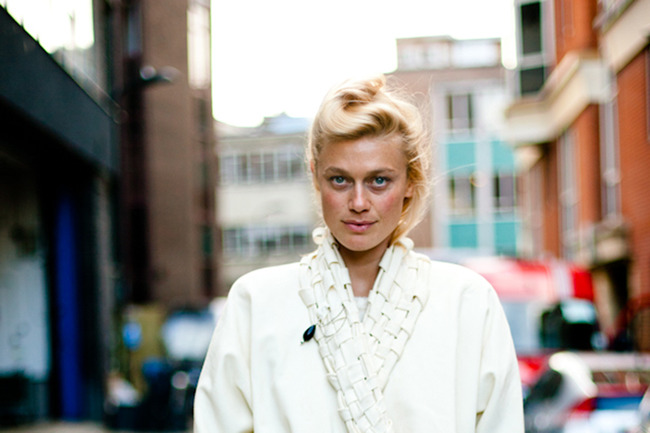
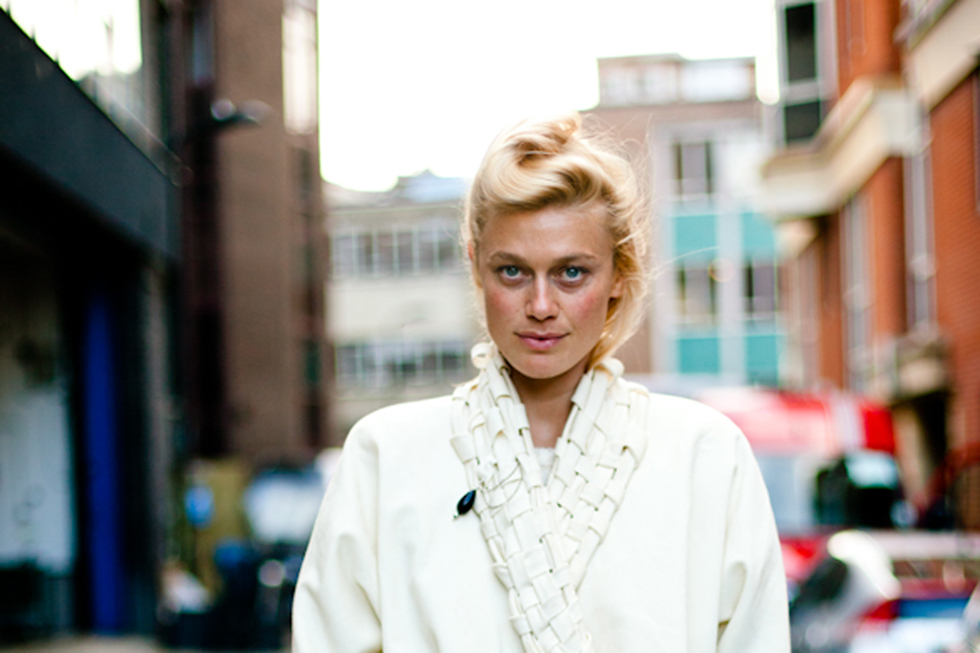
To make it in the the harsh, unforgiving wilderness that is today’s creative industry it’s important to carve out a niche for yourself. Have a style, a look or a method that is entirely yours. Australian artist Lucy McRae has gone one step further and created a whole new job description. Staking her claim as the world’s premier ‘Body Architect’, McRae has combined elements of interior design, fashion, performance, film, classical dance and technology into a totally original discipline. One that is as hard to ignore as it is to define. In simple terms it could be described as the practice of artistically extending the human body through an amalgamation of technology, fibres, and structures. That may seem unhelpfully vague, but when you look at the scope of her work, it becomes apparent why it’s a little hard to put a finger on precisely what it is Lucy does.
Spending her formative years studying ballet, ideas about the physicality and movement of the human body have always been present for Lucy. However, and perhaps unsurprisingly, moving onto body architecture wasn’t a natural, obvious progression. For her, dropping ballet was a pragmatic decision. “I put my sensible head on, and thought ‘This is going to have an expiry date when I get to twenty-six, I probably can’t be a ballerina anymore.’” Instead, she applied to do an interior design course, “I just liked moving my bedroom around, and I got into it and was like, ‘Shit, I better follow this because it’s quite hard to get into.’”
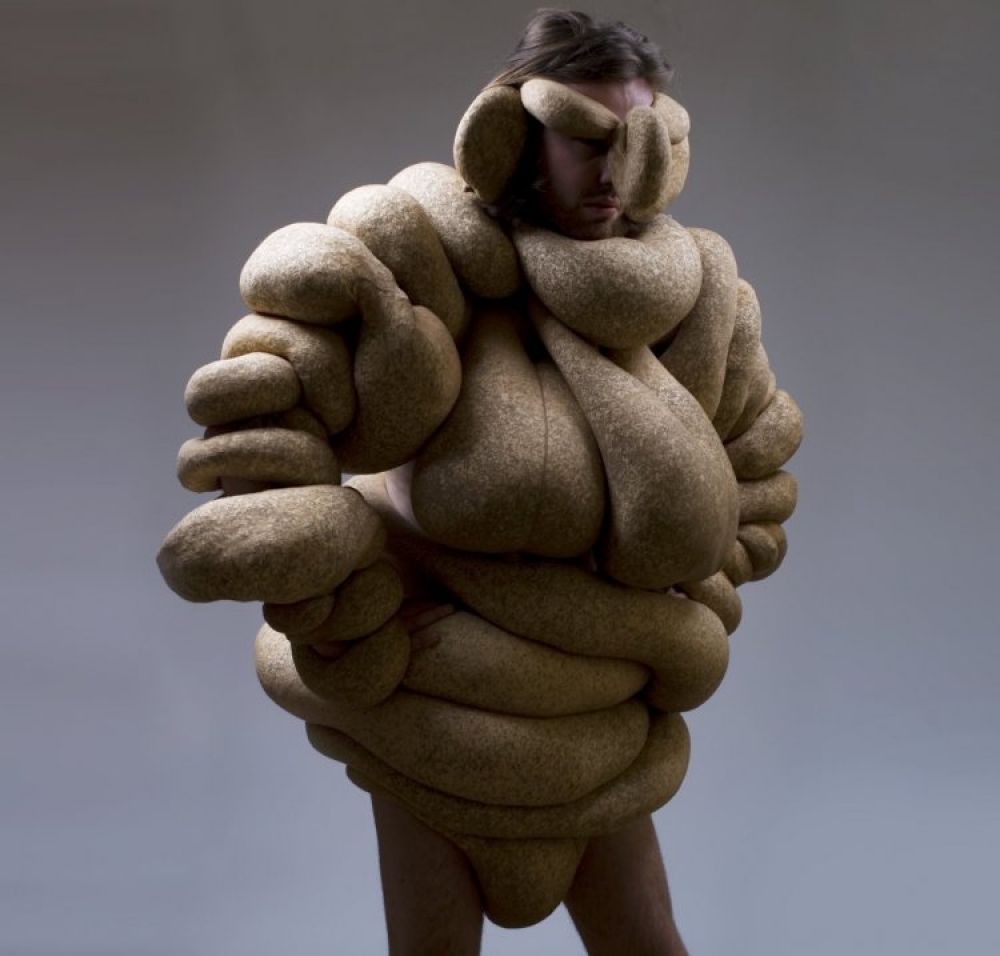
If you get bored of your own story you begin to sound like a robot. So I feel I have to be selective. It’s the same for the way you evolve your work.
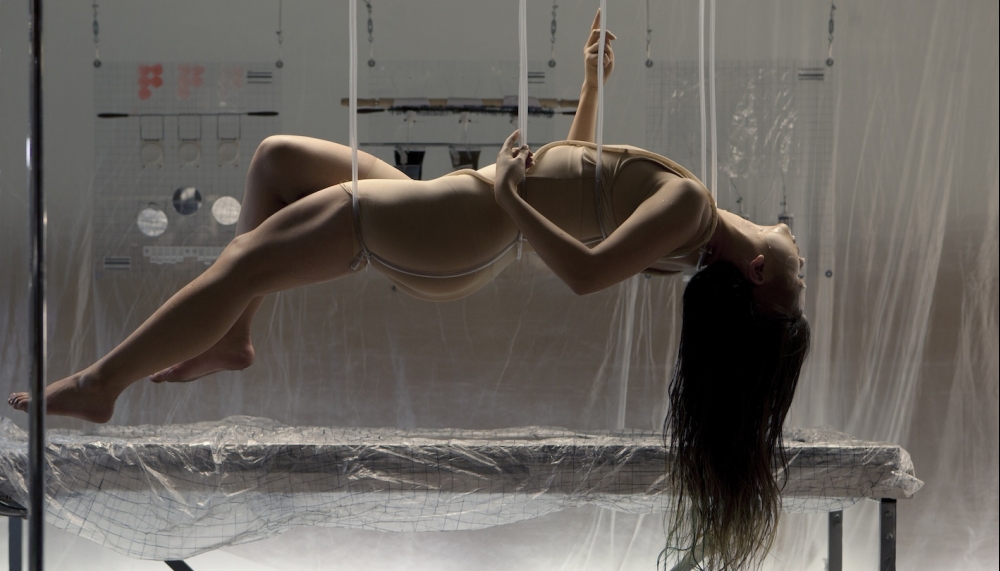
This transformed into a passion for architecture when she moved to London. Here she got jobs in creative environments like the Magma Bookshop and the Playlounge that got the ball rolling. “I was working in a little Warehouse off Brick Lane.” she says “and I was getting quite impatient. So I started collaborating with a fashion designer friend of mine, Mainstone” This early project got Lucy an initial burst of attention, including involvement with a Channel 4 programme about young designers. This first taste of success prompted Lucy to seek out a finacially viable way to realise her vision. After getting a few too many apologetic ‘no-but-thank-yous’ she was advised to contact the forward-thinking brains behind Philips Design. “So I went into this interview and this guy started gesturing towards this whiteboard, asking ‘Are you a product designer? Are you fashion? Are you human resources? What’s your job title?’ And I was like ‘I don’t know.’” Needless to say this didn’t lead to immediate employment and McRae found herself reassessing her role and artistic function.
After a brief period of soul searching she was encouraged, by wearable tech pioneer and colleague Clive Van Heerden, to be daring. And thus the title of ‘body architect’ was decided upon. “So I went back the next week, sat down, told them I was a body architect and they were like ‘Brilliant. You start on Monday.’”
Her work with Philips evolved her better understanding of her own craft, partly in response to the formidable resources suddenly at her disposal, but also the abstract, experimental nature of the work the Philips team were already engaged in. It was at Philips that Lucy first met Bart Hess. “We had this shared fascination with beauty and genetic manipulation and we were having all these ideas...” The duo began meeting weekly, experimenting with and exploring materials and the body. This eventually evolved into two person art collective,Lucyandbart.
It’s the implications of technology the interests McRae. Not just what it means today but what it could mean – and the technology’s descendants could be – in the next ten, twenty or one hundred years. “What I get excited about is how technology is evolving... I was speaking with a friend who’s made this vibrating belt that vibrates in the direction of magnetic north. He wore it for about a month, then took it off. They put him into a maze and he got himself out straight away. And for me, the fact that you can evolve your awareness using subtle technologies is really fascinating.”
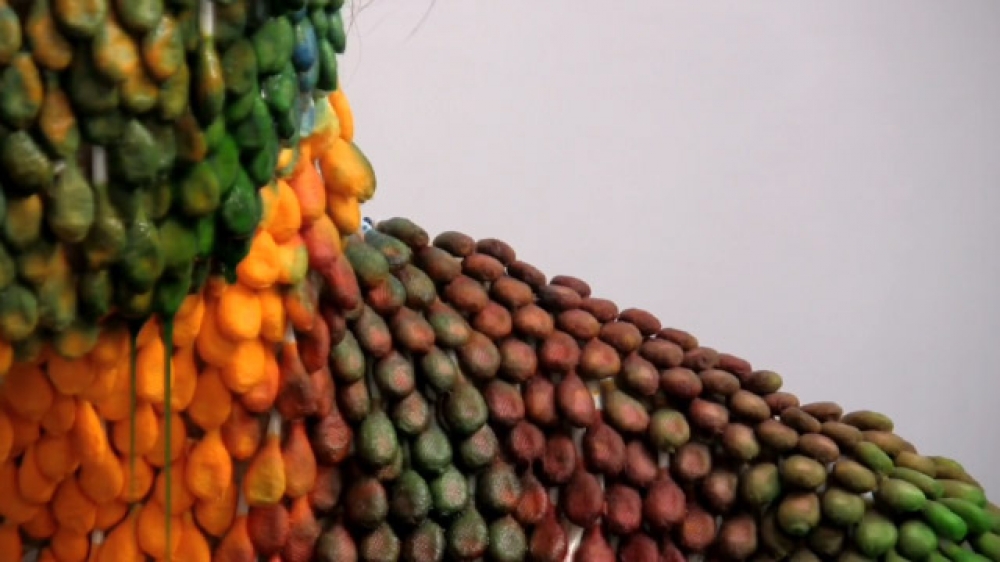
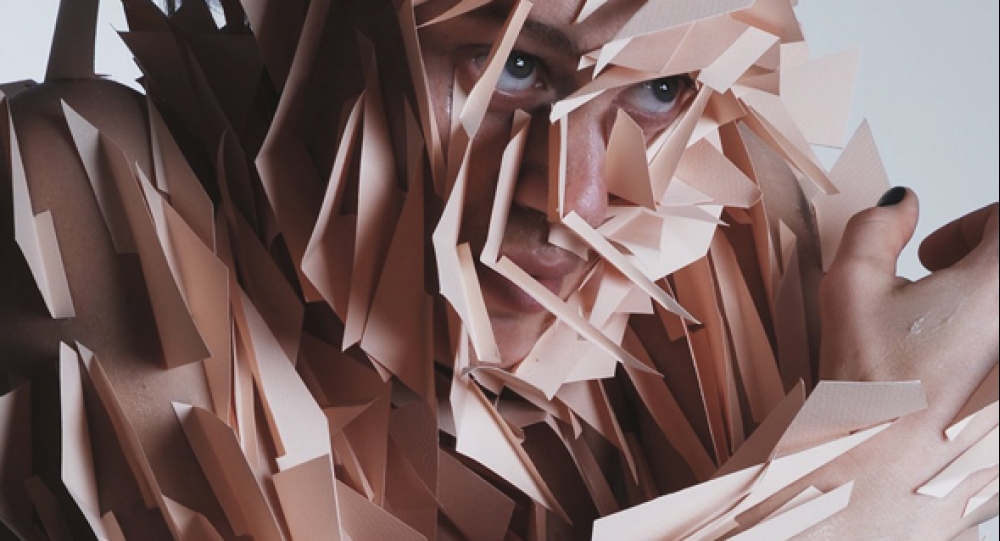
This obsession with the potential implications of technology she shared with BArt Hess led to her work appearing online where the otherworldly, surreal nature of her work, combined with the involvement of impending real-world tech quite rightly caught the attention of the art community. And Lucy McRae found herself, as they say, ‘blowing up’.
From there, she was recruited to work with industry heavyweights such as Nick Knight, in esteemed locations like the Paris’ Pompidou Centre and Palais De Tokyo.
And it was at this point that McRae began to narrow her vision and channel her focus on a specific topic – one suitable for her personal brand of body architecture. “I’m exploring how you have an edge to your body and how you can extend it beyond its biological edge or its physical edge.” This exploration of borders of the human body led to a series of films and eventually a music video with Swedish singer Robyn.
Having broken out on her own, Lucy has now found herself being invited to speak at talks and conferences. Perhaps partly because of the intriguing ambiguity of her job description or perhaps because of the unconventional duality of her artistic study of technology, she found herself applying to be a guest speaker at one of the world famous TED talks. “I did this Skype interview and afterwards Tom Riley, who decides whether you can present or not, said ‘You’re completely insane.’ So I was like, ‘Oh my God, you totally get it! You get me!”
The experience of the talk was as rewarding as it was nerve-wracking. “I remember after I’d finished I was hugging everyone out the back, ‘Thank you so much, thank you so much’. Hugging all these strangers.” Despite the nerves, it seems McRae’s got a taste for public speaking and has recently done talks at It’s Nice That. However, she realises the importance of being discerning about which avenues of exposure she chooses to travel down. “If you get bored of your own story you begin to sound like a robot. So I feel I have to be selective. It’s the same for the way you evolve your work.” With this obviously very sensible head on her shoulders, and a marketable, applicable, yet wholly original medium and body of work, Lucy McRae’s future looks very,very bright.
http://www.lucymcrae.net/



Discussion